Renewable energy is often surrounded by misconceptions that can make it seem less viable than it really is. In this article, we’ll clear up some of the most common myths, shedding light on the facts so you can see the true potential of sustainable energy sources.
Renewable Energy is Too Expensive
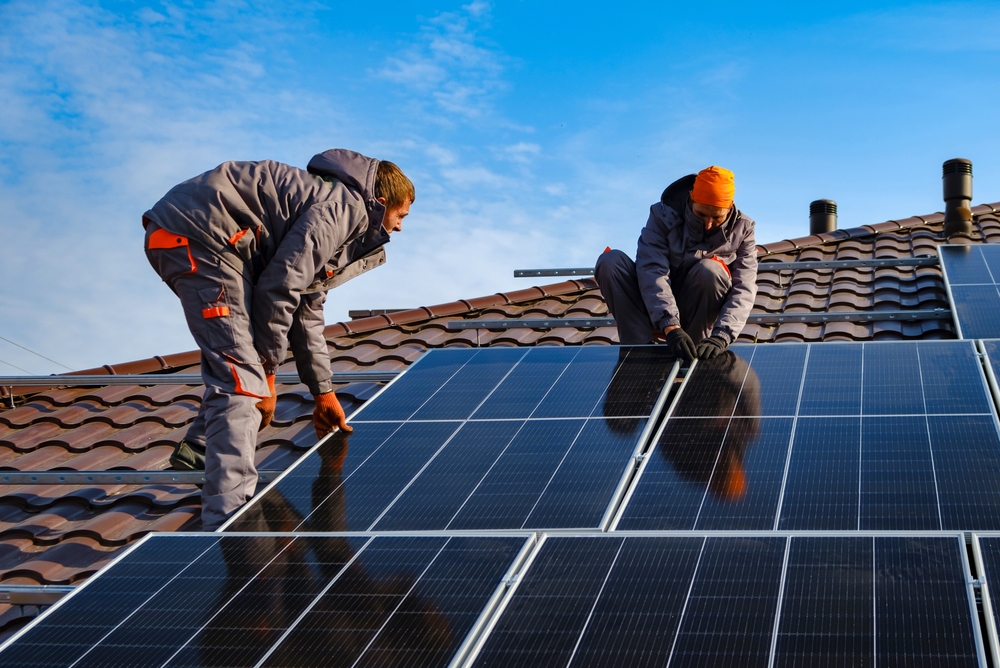
Many people believe that renewable energy is prohibitively expensive, but this is increasingly untrue. The cost of solar, wind, and other renewable technologies has dropped dramatically over the past decade. For example, the cost of solar photovoltaic (PV) systems has fallen by about 80% since 2010. Additionally, the long-term savings from using renewables, such as reduced fuel costs and minimal maintenance, make them cost-competitive with traditional energy sources. Government incentives and declining technology costs continue to make renewable energy an affordable option for many.
Renewable Energy Can’t Meet Global Energy Demand
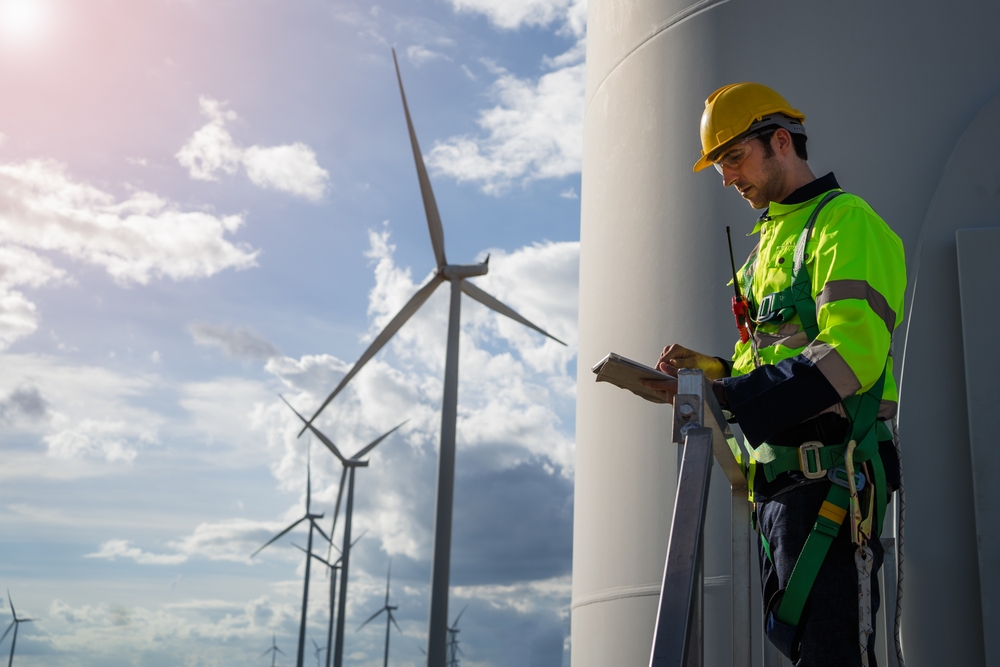
Another common myth is that renewable energy sources can’t generate enough power to meet global energy demands. However, studies have shown that the Earth receives more solar energy in an hour than the entire world uses in a year. Advances in energy storage technologies and grid management are making it increasingly feasible to rely on renewables for a significant portion of our energy needs. Countries like Denmark and Germany have demonstrated that high percentages of renewable energy integration are possible without compromising reliability.
Renewable Energy is Unreliable
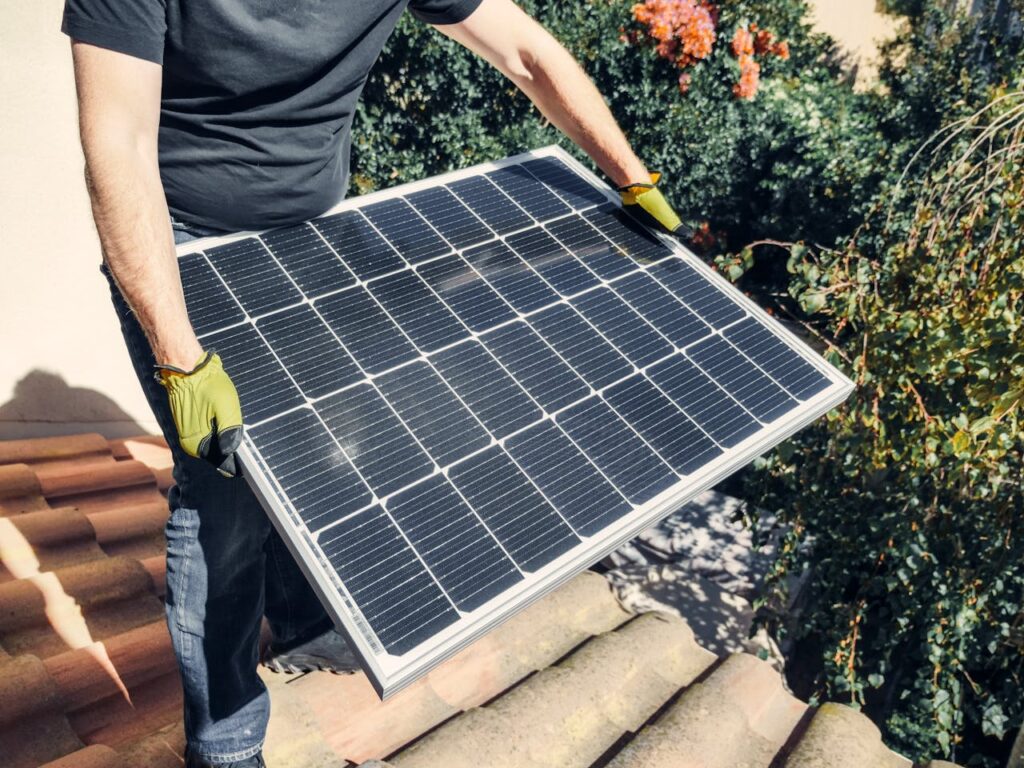
Critics often argue that renewable energy is unreliable because it depends on the sun shining or the wind blowing. While it’s true that solar and wind power can be intermittent, this issue can be mitigated through the use of energy storage systems, like batteries, and grid management techniques. Additionally, diversifying energy sources by incorporating multiple types of renewables, such as geothermal and hydroelectric power, can help stabilize energy supply.
Renewable Energy Requires Too Much Land
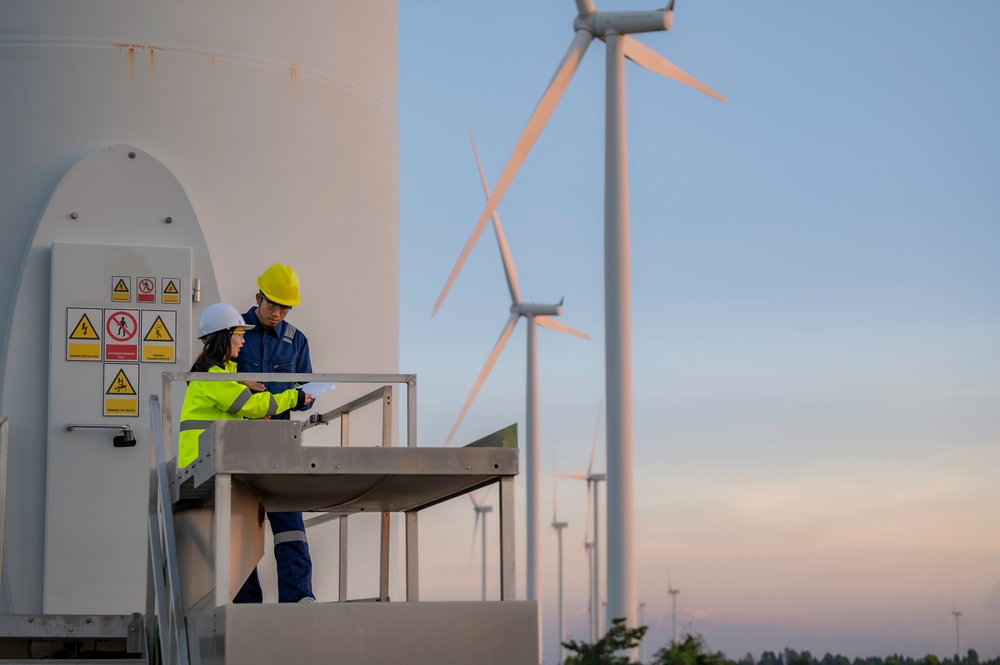
There’s a misconception that renewable energy projects, especially solar farms and wind turbines, take up too much land. In reality, many renewable energy installations can coexist with other land uses. For instance, solar panels can be installed on rooftops, over parking lots, or on marginal lands that are not suitable for agriculture. Wind turbines typically occupy only 1% of the land within a wind farm, allowing the rest to be used for farming or other purposes.
Renewable Energy Technologies Are Not Environmentally Friendly
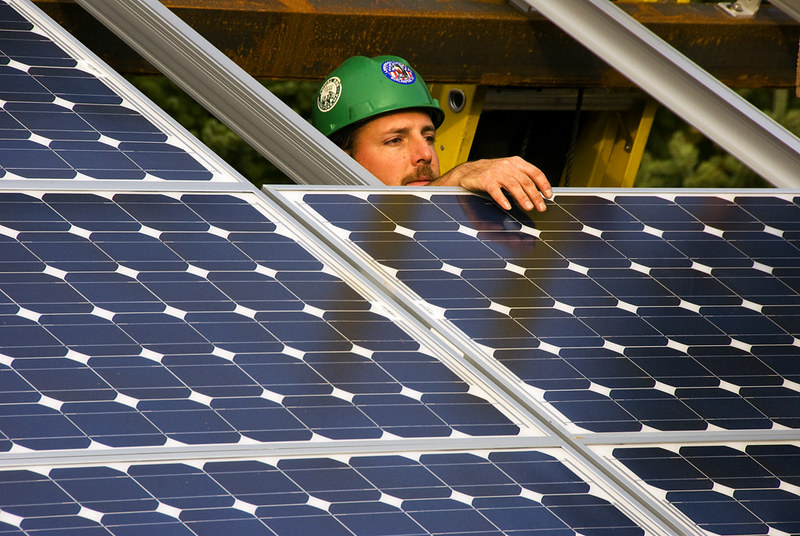
Some people argue that the production and disposal of renewable energy technologies, like solar panels and wind turbines, cause significant environmental harm. While there are environmental impacts associated with manufacturing, these are generally much lower compared to the lifecycle emissions of fossil fuels. Moreover, many renewable energy technologies are designed to be recyclable, and efforts are underway to improve recycling processes and reduce the environmental footprint of these technologies.
Renewable Energy is Only Feasible in Sunny or Windy Areas
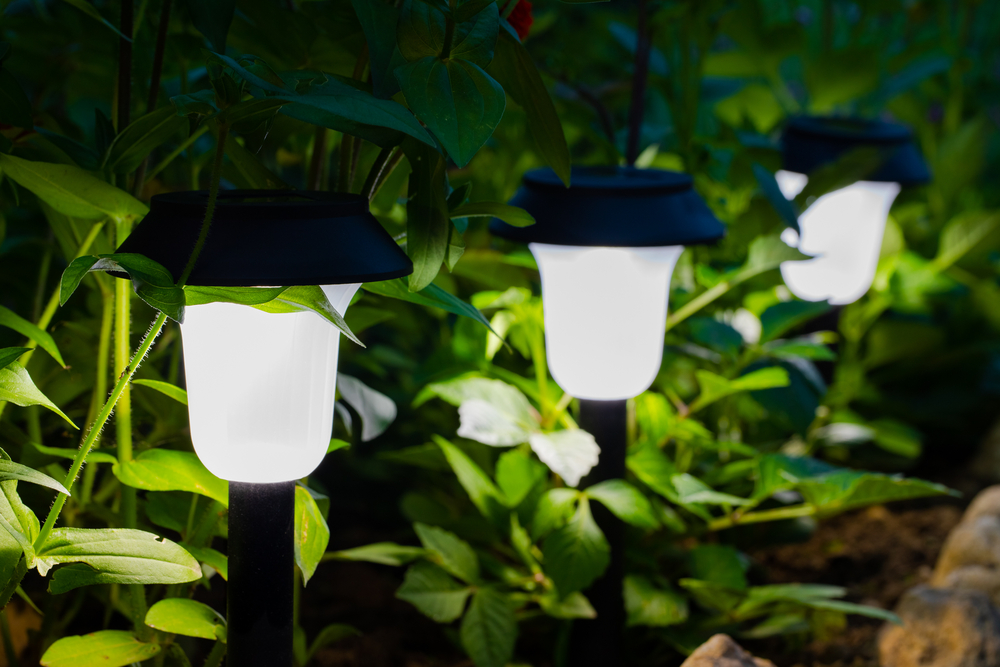
It’s often assumed that renewable energy is only practical in places with abundant sunshine or constant wind. However, advancements in technology have made it possible to harness renewable energy in a variety of climates and regions. For example, solar panels can generate electricity even on cloudy days, and wind turbines are now effective at lower wind speeds. Additionally, geothermal energy and hydropower are available in regions without abundant sun or wind.
Renewable Energy Harms Wildlife
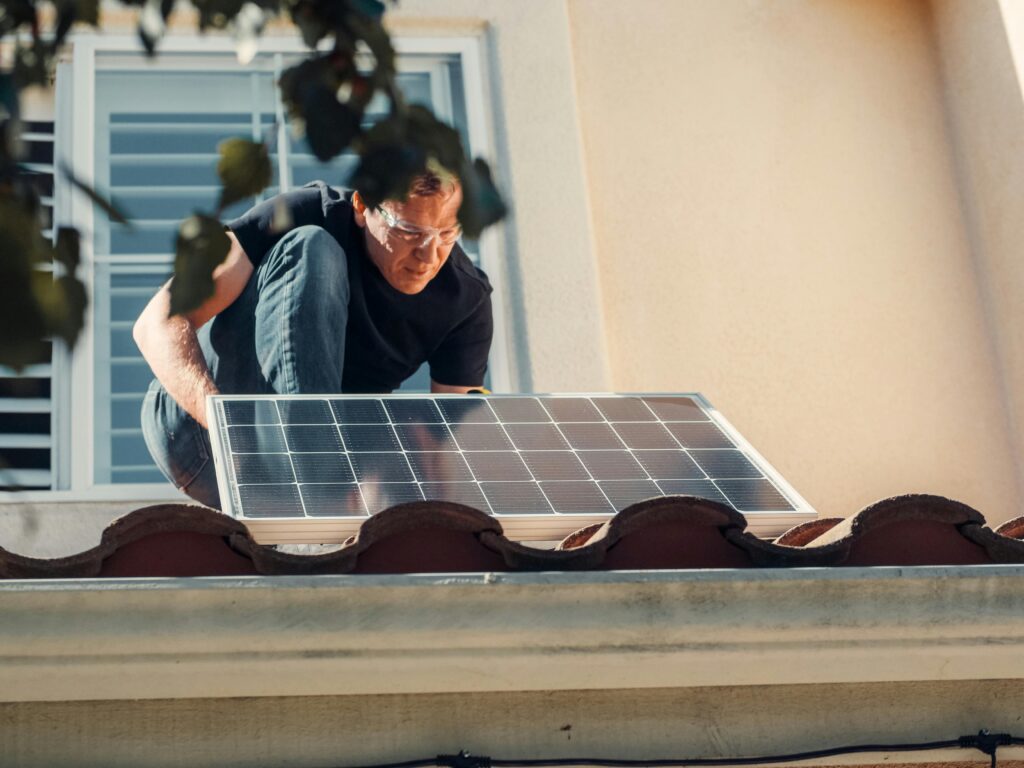
Concerns about the impact of renewable energy installations on wildlife, particularly birds and bats, have led some to believe that these projects are harmful to the environment. While there are risks, especially with wind turbines, proper site selection and technological advancements can minimize these impacts. For example, newer turbine designs and smart operational strategies can reduce bird and bat mortality. Additionally, the overall impact of renewables on wildlife is far less than the damage caused by fossil fuel extraction and combustion.
Renewable Energy Can’t Provide Base Load Power
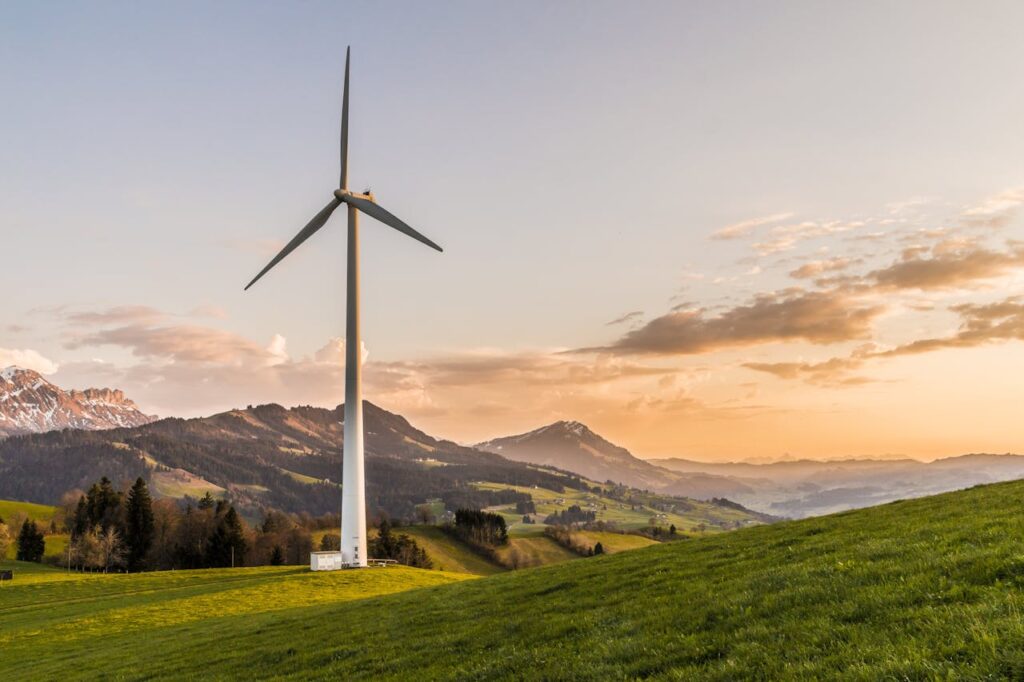
The idea that renewable energy can’t provide the consistent, reliable “base load” power needed for modern society is outdated. Advances in energy storage, such as large-scale batteries and pumped hydro storage, allow renewable energy to supply power even when the sun isn’t shining or the wind isn’t blowing. Additionally, combining multiple renewable energy sources can create a more stable and reliable energy grid.
Renewable Energy is a Passing Trend
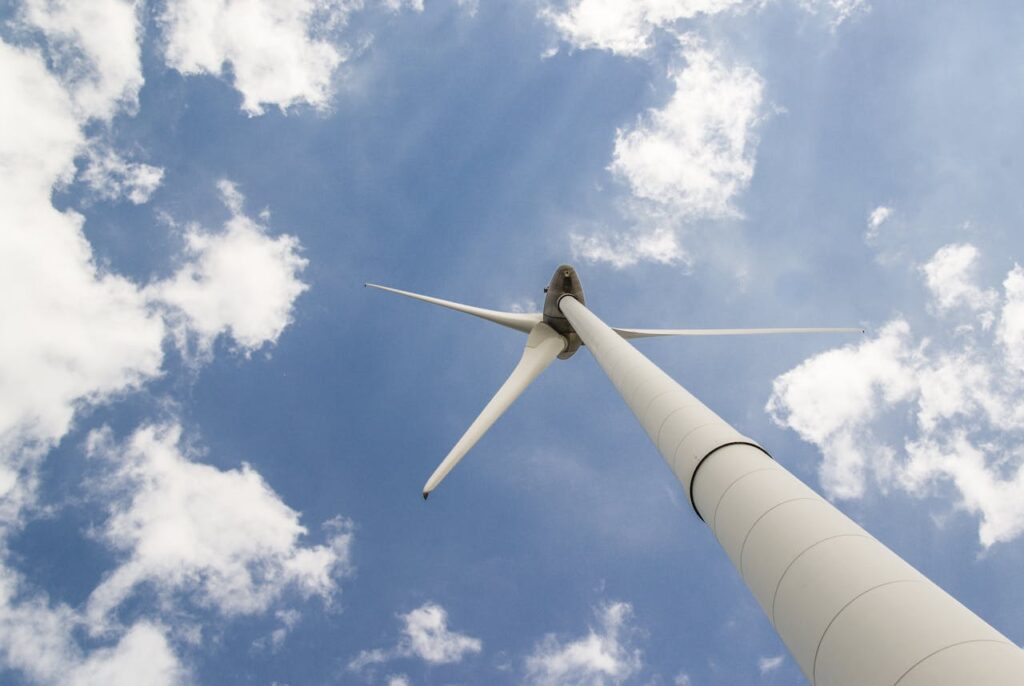
Some skeptics argue that renewable energy is just a fad that will fade as fossil fuels regain dominance. However, the global shift towards renewables is driven by a combination of environmental necessity, technological advancements, and economic benefits. Countries around the world are setting ambitious renewable energy targets, and investments in renewable technologies continue to grow. This trend is unlikely to reverse as the world moves towards a more sustainable energy future.
Renewable Energy is Only for the Wealthy
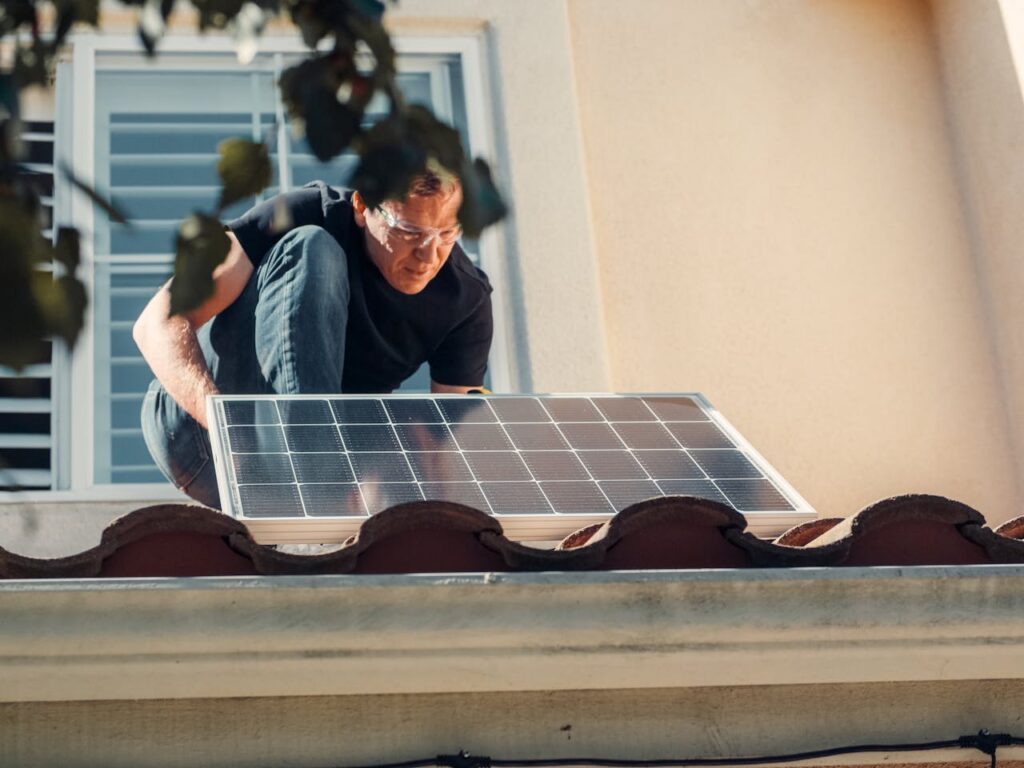
There’s a belief that renewable energy is a luxury only the wealthy can afford. While early adopters of solar panels and other technologies were often affluent, costs have decreased significantly, making renewables accessible to a broader population. Moreover, government subsidies, grants, and financing options are available to help low- and middle-income households transition to renewable energy.
Renewable Energy Can’t Power Heavy Industry
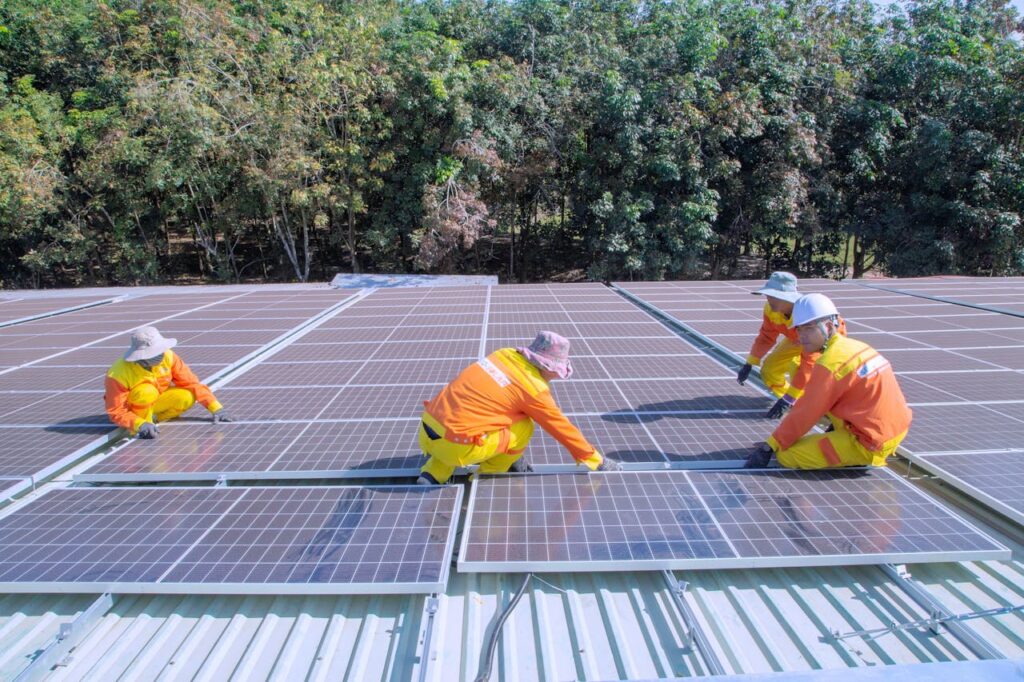
Critics often claim that renewable energy isn’t capable of powering heavy industries like steel production or manufacturing. However, this is changing as renewable energy technologies improve. For example, hydrogen produced using renewable energy can serve as a clean fuel for industrial processes, and large-scale solar and wind farms can generate the substantial amounts of electricity needed by these industries. Some companies are already successfully integrating renewables into their operations.
Renewable Energy Will Lead to Job Losses
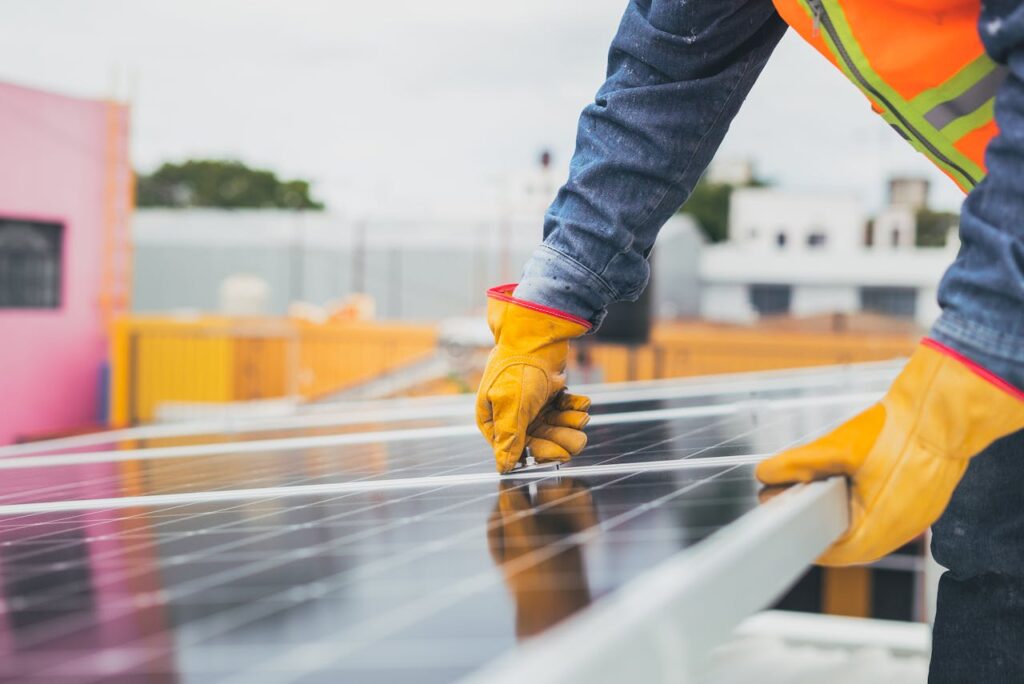
There is a concern that transitioning to renewable energy will result in widespread job losses, particularly in traditional energy sectors like coal mining. While some jobs may be lost, the renewable energy sector is creating new jobs at a rapid pace. In fact, the renewable energy industry employed over 11 million people globally in 2018, and this number continues to grow. Moreover, jobs in renewables often provide better working conditions and are more sustainable in the long term.
Renewable Energy Technologies Aren’t Scalable
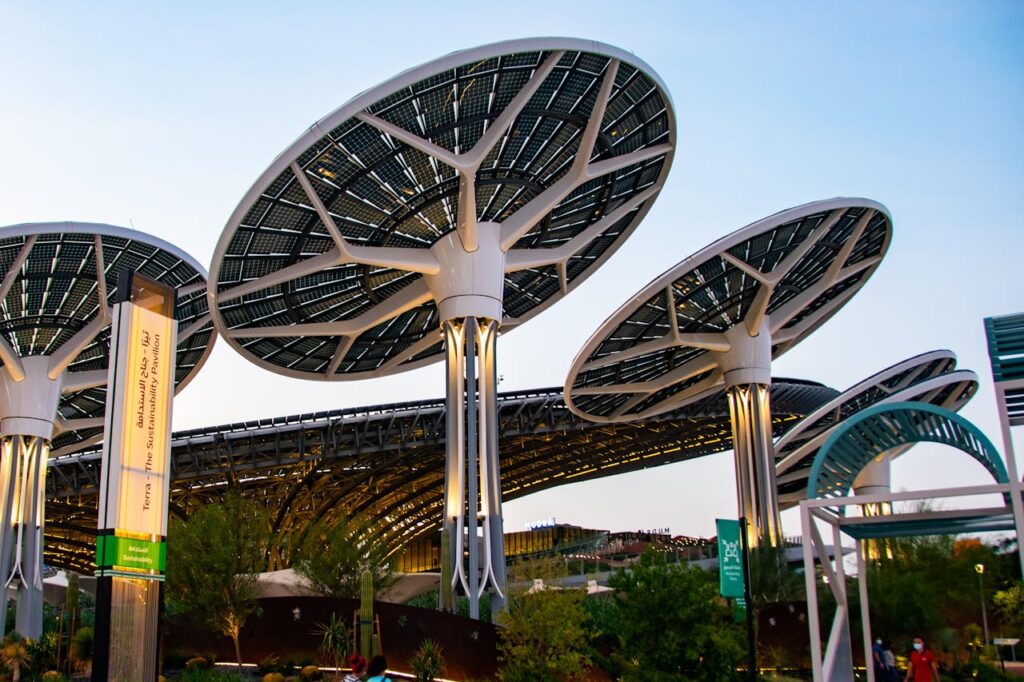
Some argue that renewable energy technologies can’t be scaled up to meet global energy needs. However, large-scale renewable energy projects around the world are proving this wrong. For instance, the Bhadla Solar Park in India, which covers more than 14,000 acres, is one of the largest solar farms in the world and has a capacity of 2,245 MW. Similarly, offshore wind farms are being built with capacities exceeding 1 GW, demonstrating that renewables can be scaled to meet significant energy demands.
Renewable Energy Projects Take Too Long to Build

There’s a perception that renewable energy projects take too long to develop and implement. While it’s true that some projects can be time-consuming, particularly if they require significant infrastructure or face regulatory hurdles, many renewable energy installations can be completed relatively quickly. For example, solar PV systems can be installed in a matter of weeks, and even large-scale wind farms can be built in under two years. Advances in modular construction and streamlined permitting processes are also helping to speed up project timelines.
Renewable Energy Can’t Compete Without Subsidies
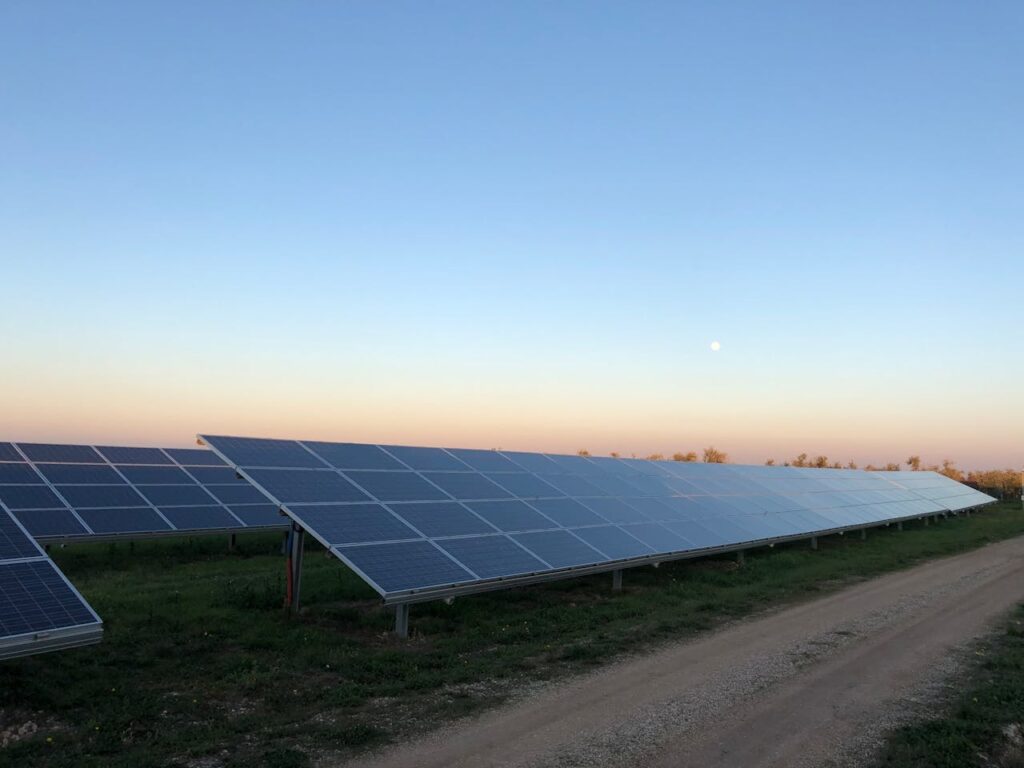
Some critics argue that renewable energy is only viable because of government subsidies, and that it can’t compete with fossil fuels on a level playing field. While it’s true that subsidies have played a role in the growth of renewables, the cost of renewable energy has decreased so significantly that it can now compete with fossil fuels even without subsidies. In many regions, renewables are the cheapest option for new power generation, and as technology continues to improve, their competitiveness will only increase.
Renewable Energy Causes Grid Instability
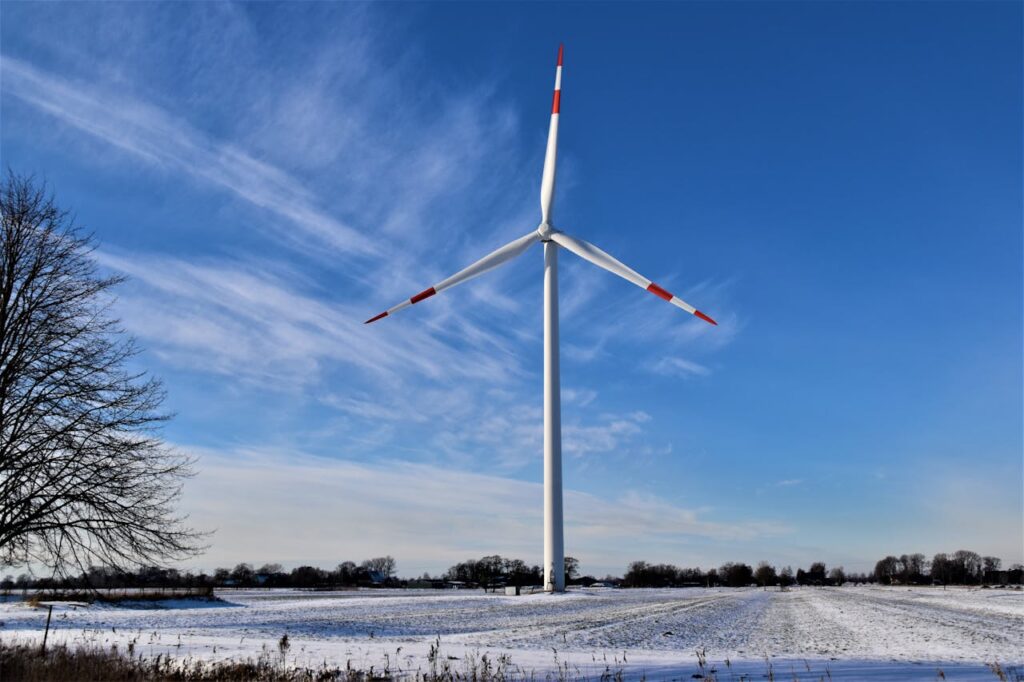
There’s a concern that integrating a large amount of renewable energy into the grid will cause instability due to the variable nature of solar and wind power. However, modern grid management techniques, such as demand response and smart grid technologies, are designed to handle these fluctuations. Additionally, energy storage solutions like batteries and pumped hydro storage provide a buffer that helps maintain grid stability even when renewable energy generation is variable.
Renewable Energy is Inefficient
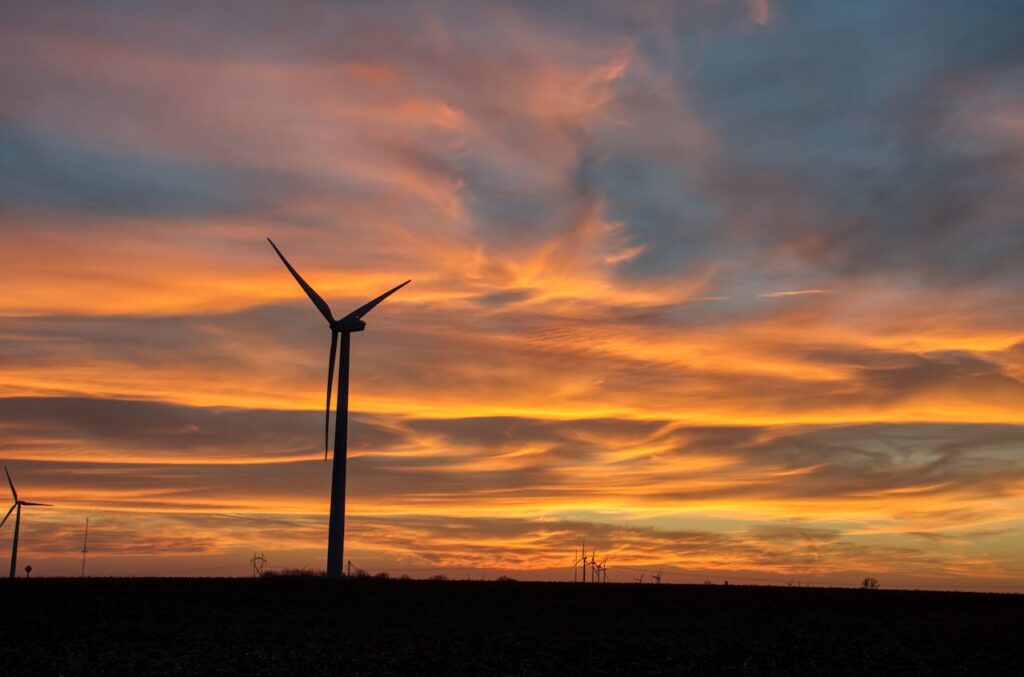
Some believe that renewable energy is inherently less efficient than fossil fuels. However, this comparison often overlooks the full energy lifecycle. While it’s true that some renewable technologies, like solar panels, have lower energy conversion efficiencies compared to fossil fuels, they generate power without the emissions and waste associated with fossil fuel combustion. Additionally, improvements in technology are continually increasing the efficiency of renewable energy systems.
Renewable Energy Harms Local Economies
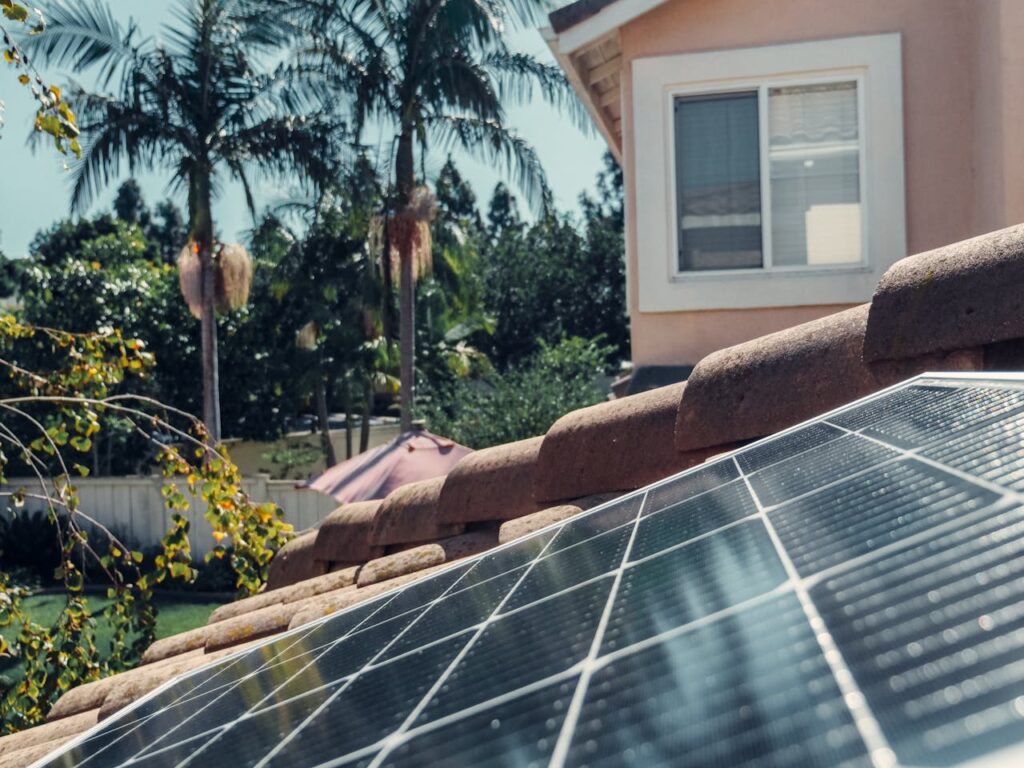
There’s a misconception that renewable energy projects can harm local economies, particularly in areas dependent on fossil fuel industries. However, renewable energy projects often bring economic benefits to local communities, including job creation, increased tax revenues, and opportunities for local businesses. For example, the construction and operation of wind farms and solar parks provide employment and stimulate economic activity in rural areas.
Renewable Energy Requires Rare Earth Metals

Some critics argue that renewable energy technologies rely heavily on rare earth metals, which are environmentally destructive to mine and have limited availability. While it’s true that certain renewable technologies, like wind turbines and electric vehicles, use rare earth metals, research is ongoing to reduce dependence on these materials. Additionally, recycling programs and alternative technologies are being developed to address these concerns.
Renewable Energy is Not As Reliable as Fossil Fuels

Finally, there’s a widespread belief that fossil fuels are inherently more reliable than renewable energy sources. However, fossil fuels are subject to price volatility, supply chain disruptions, and geopolitical tensions. In contrast, renewable energy sources like solar and wind are abundant, locally available, and not subject to the same risks. As energy storage and grid management technologies continue to improve, the reliability of renewable energy will only increase, making it a dependable option for the future.
This article originally appeared on UnifyCosmos.
More from UnifyCosmos
21 Ways to Balance Work and Personal Relationships

In this article, we’ll explore practical tips to help you maintain harmony between your professional and personal life. Read more!
20 Ways to Navigate Difficult Conversations with Loved Ones

In this article, we’ll explore practical tips and strategies to help you communicate effectively, ensuring your conversations are productive and respectful. Whether you’re addressing a disagreement or sharing tough news, these guidelines will support you in handling these moments with grace and empathy. Read more!
20 Secrets to Building Strong Friendships

By understanding a few key principles, you can nurture and strengthen your friendships, ensuring they stand the test of time. Here are some valuable secrets to help you build lasting and meaningful bonds with your friends. Read more!
Leave a Reply